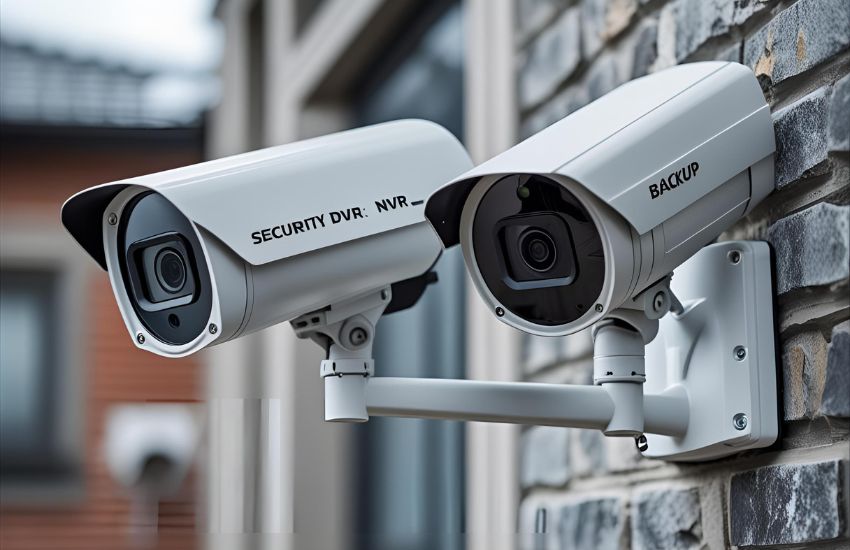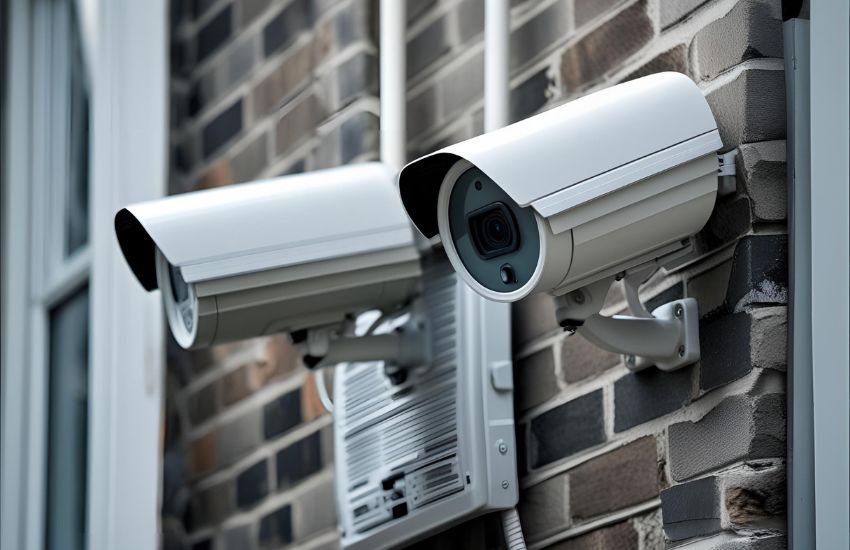What happens when critical security footage suddenly becomes inaccessible due to system failure, theft, or corruption? The very data you rely on for evidence or peace of mind could vanish in seconds if your backup strategy isn’t properly configured. Whether you’re using a DVR or NVR system, safeguarding your recorded footage is not just a best practice—it’s a necessity.
The Essential Guide to Security DVR NVR Backup empowers you to safeguard surveillance footage with confidence. Learn how to efficiently use local storage, FTP, or a storage device for playback, manage the number of cameras, handle 32 channel systems, and optimize upload speed within your local network for reliable, long-term data protection.
In this guide, you’ll learn how to properly back up your footage from DVR and NVR systems, understand the differences between the two, explore storage options like external hard drives, and discover how to configure your backup settings for long-term reliability. Let’s explore how you can take full control of your surveillance data
Backup Your DVR or NVR to Protect Security Camera Footage

When managing a security system, ensuring the long-term safety of your recorded footage is not optional—it’s essential. To truly protect your surveillance investment, you must proactively backup your DVR or NVR and store your camera footage in a secure location. Many users only realize the importance of a solid backup strategy after critical evidence has been lost due to theft, hardware failure, or accidental deletion.
Your Digital Video Recorders (DVRs) and Network Video Recorders (NVRs) serve as the first line of storage for recorded footage, but relying solely on these devices leaves you vulnerable. Whether you’re running a multi-channel NVR or a basic DVR setup, it’s vital to incorporate redundancy into your security strategy. Options include cloud storage, NAS devices, or external backups using a USB drive. These allow you to preserve high-priority video files and snapshots securely and access them when needed.
Backing up also ensures that critical moments caught on your CCTV camera aren’t permanently lost. If an incident occurs, retrieving a precise section of your camera footage may be the difference between solving a case or being left without answers. Some nvr recorders even offer automated scheduling to upload segments of footage offsite—this can include cloud video platforms that safeguard data beyond your physical premises.
As you assess your options, think not only about the size of your camera channels, but also the speed and reliability of your internet if you plan to upload large files. The goal is simple: create a consistent and secure method to store backup copies of your surveillance data, ensuring your security system remains a reliable tool for prevention and accountability.
See more about...Security DVR
Secure NVR or DVR Footage with Cloud Backup and Playback Options

Why Cloud Backup Is Essential for Modern Surveillance
In today’s digital age, relying solely on physical storage is no longer enough to protect your network video recordings. Whether you’re using traditional DVRs or more advanced network video recorders, incorporating a cloud backup strategy enhances the resilience of your video surveillance footage. If you want to backup your recordings for long-term storage, uploading video to the cloud is one of the most secure and scalable options available.
By using a reliable VMS (Video Management System), you can also backup footage in real-time while maintaining remote access capabilities. This means if your local device is damaged or compromised, your footage remains intact and retrievable from the cloud.
Easy Remote Access and Playback
Cloud solutions make playback easier and more accessible than ever. You can use a secure web browser interface or mobile application to search for and view specific events anytime, anywhere. When you need to backup or review footage, there’s no need to be physically near the recorder. Simply enter your device’s IP address, log in to your system, and begin streaming or downloading the necessary files.
This level of flexibility is particularly useful if your system was purchased from CCTV Camera World or any other vendor that supports hybrid cloud-VMS setups.
How to Back Up Footage Properly
If you’d like to backup your record video locally, you can still use traditional methods such as saving files to a USB flash drive, thumb drive, or external hard disk. However, these options should supplement—not replace—your cloud backups. Systems with PoE capabilities allow you to power and manage every camera on the same network, simplifying the process of recording and archiving video.
Regardless of your camera models or the number of devices you manage, having both cloud and physical backups ensures nothing is left to chance.
Scaling Cloud Backup Per Camera
Some solutions allow you to set up recording and storage settings per camera, giving you control over how much footage to upload and retain. This level of customization is especially useful when you need to backup high-priority zones or entry points more frequently than less critical areas.
Combining local and cloud storage helps back up video consistently across your system—whether you’re using NVRs and DVRs, standalone VMS, or integrated solutions. It all adds up to one goal: preserving the integrity and accessibility of your surveillance system with confidence.
See more about…Swann DVR Camera Compatibility
Conclusion
Securing your surveillance footage is no longer just a matter of storing it on a local storage device. With increasing threats to data integrity and accessibility, a balanced backup strategy that combines local and offsite solutions is critical. Whether you’re managing a 32 channel system or a smaller setup, your choice of storage device, upload speed, and network configuration can make or break your backup efficiency.
For those looking to upload video from their local network, it’s important to assess how your router, FTP configuration, and substream settings affect your system’s performance. When dealing with a high number of cameras, smart storage practices—such as filtering motion events, utilizing alarm inputs, or prioritizing AI event data—can drastically reduce unnecessary data and streamline retrieval.
To review footage, you can easily play back content using third-party tools like VLC, which support formats such as AVI and resolutions including 720p. Simply select the file, define your start time and end time, and export the video clip you need. Ensure that your system firmware is up to date so your player to play the exported files operates smoothly and without compatibility issues.
See more about…Swann DVR Camera Compatibility
Frequently Asked Questions (Essential Guide to Security DVR NVR Backup: Protecting Your Surveillance Footage with Confidence)
Why is it important to back up DVR/NVR footage?
Backing up your security footage ensures critical evidence is preserved even if the system is damaged, stolen, or compromised. Regular backups provide peace of mind and guarantee that vital video records remain accessible when needed most.
What are the best methods for DVR/NVR backup?
Common backup methods include using external hard drives, USB storage devices, cloud storage, or network-attached storage (NAS). Choosing the right method depends on your storage needs, security level, and ease of access.
How often should I back up surveillance footage?
Backup frequency depends on your system usage and security requirements. For high-security environments, daily or real-time backups are recommended, while weekly or monthly backups may be sufficient for small businesses or homes.
How can I ensure my backup footage is secure?
Protect backups with strong encryption, password protection, and limited access. For cloud storage, choose providers with advanced security features and ensure compliance with privacy regulations. Regularly test your backups to confirm they are accessible and intact.
